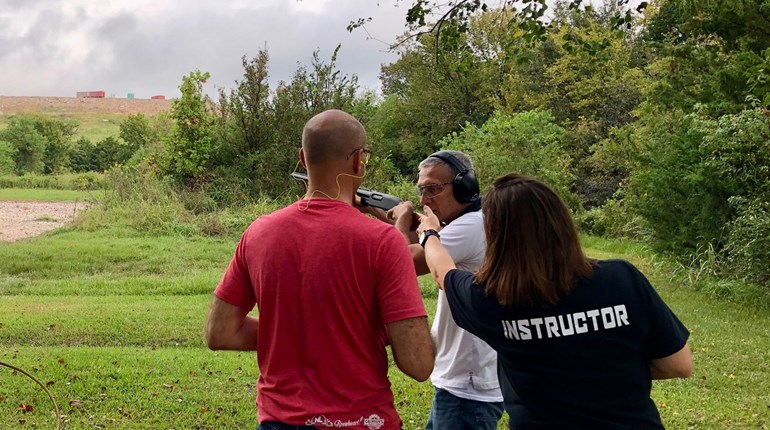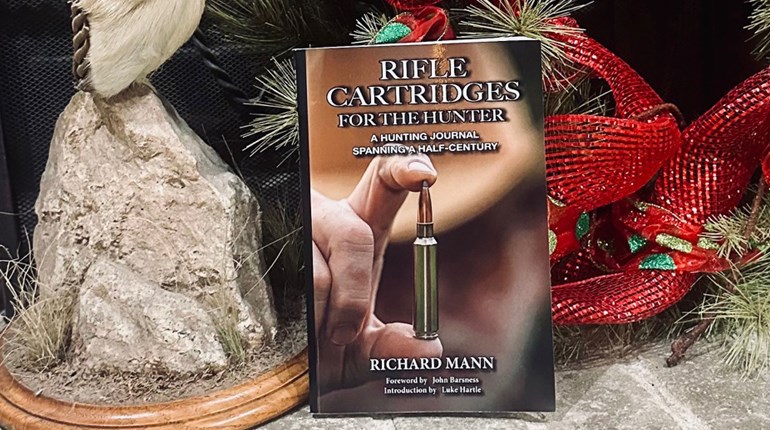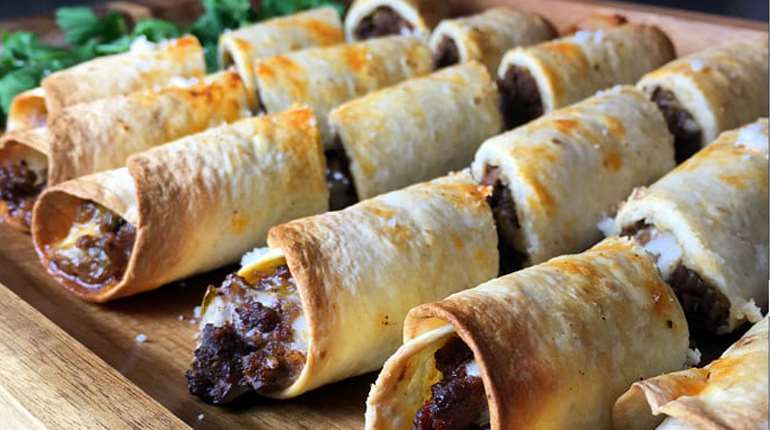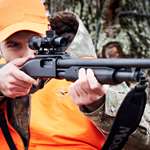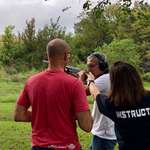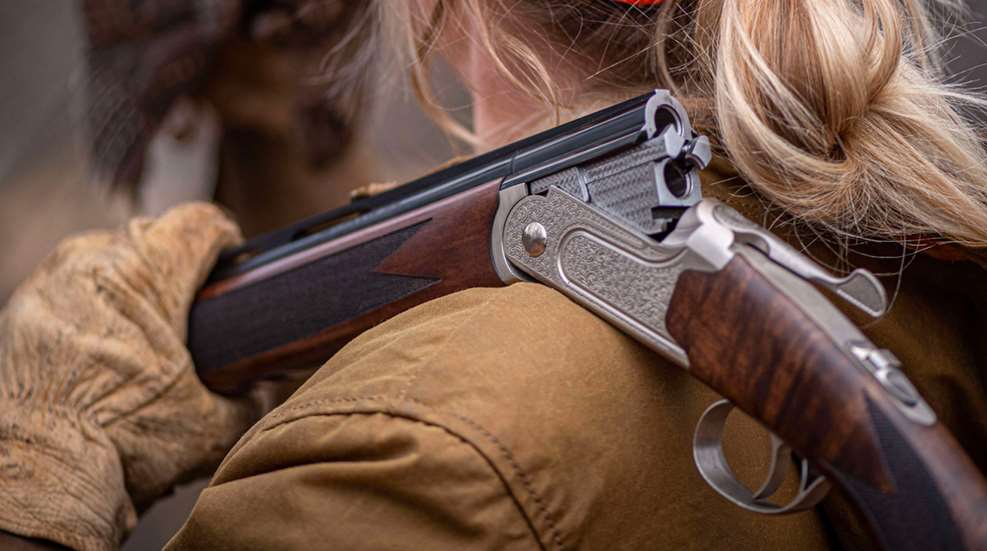
Have you ever heard the saying, “lock stock and barrel”? This is an old phrase meaning “the whole thing” which has its roots from the days of flintlock firearms. In the past, when gun ownership was in its infancy, the concept of gun stores did not exist. If an individual wanted a firearm, they went to a watch maker to buy the action, a blacksmith to buy the barrel, and then take them to a cabinet maker for the stock. Eventually, an enterprising entrepreneur put all the pieces together and sold the completely assembled firearm in one location. The shop owner would then “hang his shingle” advertising “Lock, Stock & Barrel.”
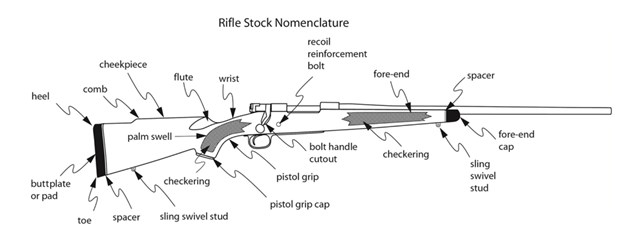
Image:NRA Firearm Source Book
The three components of a modern long are are action, stock and barrel. This is because we no longer produce guns that have locks except for specialty firearms like muzzleloaders. Of these three components, specific actions and barrels are fairly standard. It is the stock that offers shooters the most options. Before you can decide which type of stock to purchase, you must understand the parts of a stock and what they do. The parts of a stock are butt, stock, comb, grip, fore-end and swivels.
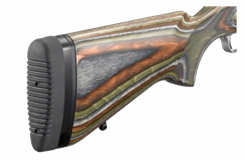
Butt
The butt is the end of the stock that makes contact with the shooter’s shoulder. The shape and type of stock butt is often one of the major factors in perceived comfort to the shooter. Butt can be the wooden end of the stock, a rubber cap on the end of the stock, or a soft cushion pad that can be professionally installed by a gunsmith or an individual called a “stock fitter.” You can also slip on butt pads that can easily be slid on and off over the butt your rifle or shotgun came with.
The butt of the firearm is in important part of the shooting sequence of the shooter. If the shooter does not firmly place the butt of the firearm into the proper shoulder placement, recoil can be amplified. It is important to remember that the butt is where the energy of the fired round is transferred into the shooter’s shoulder. This is the felt recoil the shooter experiences. By firmly pulling the rifle’s butt into the shoulder, felt recoil can be reduced.
Stock
The stock of the firearm is the part of the gun that is behind the receiver and grip where the cheek is placed when aiming a rifle, or when pointing a shotgun. The stock is usually made of wood or a synthetic material. Synthetic stocks can come in many colors and designs. Developed in 1987, laminated stocks gave shooters another option in long-arm stocks.
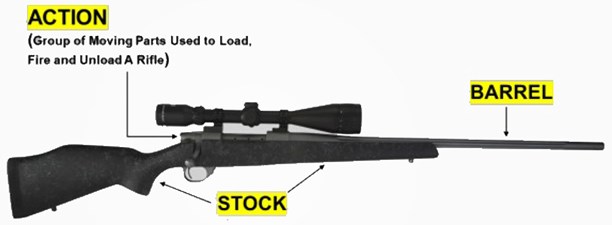
Laminated stocks are created by epoxying thin layers of wood veneers together. There are usually 30 to 36 layers of 1/16th of an inch veneers. Laminated stocks are considered stronger than other types of stocks, able to resist swelling and warping in extreme environmental conditions. These stocks can also be designed with ergonomics in mind, able to be made to fit a shooter better than traditional stocks and can even include a thumb hole for the shooter to get a better grip on the firearm.
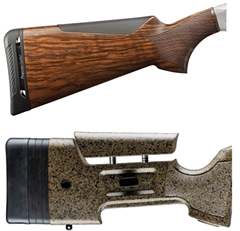
Comb
The comb is the raised part on top of the stock. The comb usually starts behind the grip and sharply drops to the stock, several inches from the butt. Many times, the comb has an integrated cheek pad. The cheek pad is an outward protruding piece from the stock where the shooter places his or her cheek. The cheek pad is on the weak side opposite of the strong side.
The comb and cheek pad help the shooter line up their shots. The comb raises the shooter’s head to be in alignment with the scope or iron sights on a rifle, and better alignment of the barrel and target on a shotgun. The cheek pad provides the shooter with a solid and consistent placement of the cheek on the stock. This placement is often referred to as “cheek weld.” The combination of comb and cheek pad increases accuracy by allowing the shooter to put his or her cheek in the same location with every shot.

Grip
There are three different types of grips commonly found on long arms: wrist grip, pistol grip and straight (English) grip. The wrist grip is the grip with which most hunters are familiar. This grip is commonly found on bolt-action rifles, lever-action rifles, and most shotguns used for hunting. The wrist grip starts behind the receiver of the firearm and in a smooth arc comes to round or oval end. The end of the grip is often covered by a decorative end cap. The stock extends from the outer curve of the grip so the shooter can comfortably achieve the proper hold and cheek weld when mounted to shoot.
The pistol grip is commonly found on modern sporting rifles and tactical firearms. The pistol grip looks just like the name implies: the type of grip found on pistols. This grip extends down, and the shooter holds the grip, similar to holding the grip on a pistol. The pistol grip is usually separate from the stock, unlike the wrist grip and straight grip which is integrated in the stock. It is commonly found under the receiver just forward of the stock. Often tactical firearms have a second pistol grip under the fore-end. In this design, a shooter holds the rear pistol grip with his strong hand and hold the forward grip with his reaction hand.
The straight grip, also known as the English grip, is a common grip found on older firearms and modern firearms that are designed after older guns. The straight grip extends as part of the stock, and there is no distinction where the grip ends and the stock begins. This grip is attached to the rear of the receiver. The top of the grip is in a relatively straight line to the butt of the gun while the bottom of the grip has a gradual angle downward to the butt. The stock looks like a right triangle. This type of stock is ideal for putting in a saddle scabbard for hunting and protection.

Fore-end
The fore-end (also called the forearm) is located under the barrel of the firearm. The fore-end can be part of a one-piece stock or a separate unit. If the fore-end is a separate unit, it could be a fixed piece such as a lever-action rifle or moveable such as in a pump action shotgun. The fore-end serves two purposes. First it is used to support the firearm either with your reaction hand or a fixed stationary object such as the windowsill of a blind, fence rail, or sandbags at the gun range. A common mistake that is often seen at the gun range is a shooter resting the barrel of his or her firearm on sandbags while shooting. You should never rest a rifle or shotgun’s barrel on the any object because that can affect the accuracy of the shot placement.
The second reason there is a forearm on your rifle or shotgun is to protect the shooter’s reaction hand from getting burned. A semi-automatic rifle barrel can reach temperatures of 200 to 300 degrees. A fully automatic rifle can reach temperatures of excess of 1,200 degrees. A shotgun’s barrel can also get the attention of the shooter if he or she accidentally touches the bare metal because it can heat up to several hundred degrees.
Many times, especially on more expensive models of rifles and shotguns, the end of the fore-end, nearest to the muzzle will have a fore-end cap. The fore-end cap is more than a decorative piece. It is usually made of very durable materials or has a very thick layer of lacquer or other finish to protect the fore-end splintering or other damage.
Swivels
There are usually two swivels on the bottom of a rifle stock. One swivel is located on the bottom of the stock towards the butt and the other is located on the fore-end. Most swivels consist of two parts. Most rifles will have a “button” or swivel base at both locations. The button has a threaded wood screw base which is screwed into the stock. The rounded part that protrudes out of the stock has a hole through it. The second part is the swivel itself. The bottom of the swivel has a pin that goes through the button. The pin is secured by the body of the swivel. The top of the swivels has a rectangle bail that the end of the sling passes through and secured.
Shotguns use a different sling system. Many shotgun slings may only have straps to secure it to the stock and barrel. Sometimes a shotgun may have a fore-end or magazine (tubular magazine) cap that has a button and swivel attached. One end of the sling is attached to the cap swivel and the other end of the sling is attached or tied to the stock.












